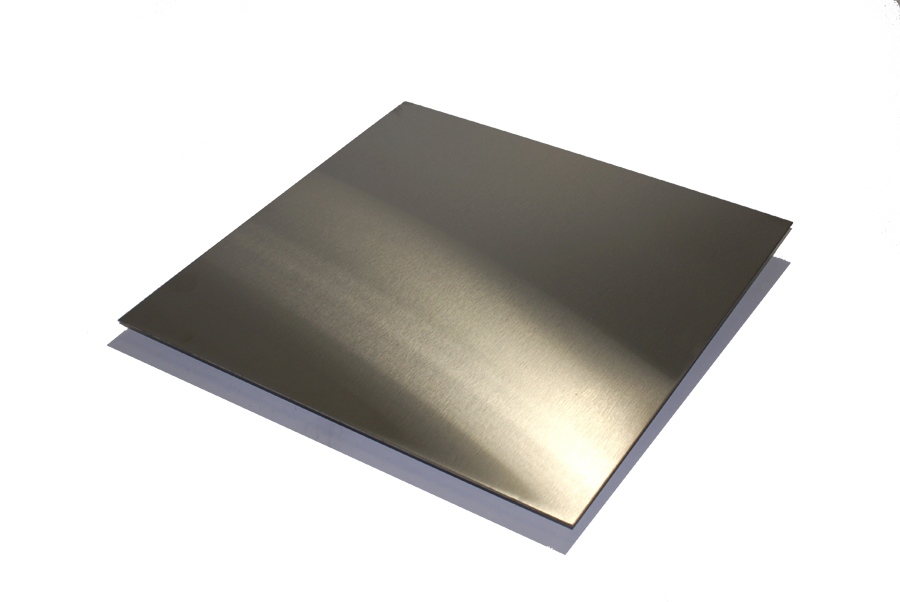The most essential property of 304 stainless steel sheets is that it’s what is known as an austenitic material, non-magnetic iron with an alloying element. The melting point (eutectoid point) is at 1,341 degrees Fahrenheit (727 degrees Celsius). The austenite allotrope exists at room temperature in stainless steel and was named for Sir William Chandler Roberts-Austen. 1
Common Applications
Because of their widespread application, 304 stainless steel sheet is practically ubiquitous. To be considered a sheet, the material's thickness throughout its entire width must be less than a quarter of an inch. The stainless steel is pushed through rollers until it achieves the necessary dimensions and thickness. 9
Preparation Techniques And Materials
The accepted material is a commercial AISI304 steel plate with the size of 300 mm × 50 mm × 3 mm. Annealed samples were installed on the anvil block (containing 45# steel, smooth surface, 10 cm thick) by employing four support nails in a vacuum environment. 8
Formability
Punch-stretch tests to determine formability of type 304 stainless steel sheet were conducted using a hemispherical dome test. On a 101.6 mm diameter punch, sheets of 19.1 mm and 177.8 mm widths were stretched at punch speeds ranging from 0.042 to 2.12 mm/sec using a mineral seal oil, and a thin polytetrafluoroethylene sheet lubricated with mineral seal oil. 7
Mechanical Characteristics
Microhardness often decreases from the sample's exterior to its interior as a result of the treatment. The damaged surface's microhardness is significantly increased to 465 MPa in region I. The microhardness in area II diminishes with depth, reaching 325 MPa at 600 m below the surface. 6
Microstructure Characterization
Micrographs of treated and untreated samples after annealing. The annealed samples are predominantly austenite and annealed twin with grain sizes between 80 and 150 m. Despite the lack of macroscopic deformation, austenite grains showed the presence of many deformation bands and their intersections. 5
Qualitative Analysis
Phases at varying distances from the affected surface were subjected to a qualitative XRD examination. The vast number of DIM nucleation and merging during the explosive treatment would be limited by the high strain rate and high temperature (105/s and 1600 K) instantly formed in the impacted top surface. 4
Treatment By Explosive Impact Explosions
The transmission electron microscope (TEM) was used to observe the precise microstructures along the cross section of the impacted surface at various depths in order to learn more about the effects of the explosive impacting treatment on the surface microstructure. 3
Thickness
The properties of this alloy include resistance to corrosion, prevention of product contamination, resistance to oxidation, simplicity of fabrication, excellent formability, aesthetic appeal, simplicity of cleaning and ready availability of a wide variety of product forms. 2
Results
In conclusion, the explosive impacting method was utilized effectively to finish the surface treatment on the AISI304 stainless steel plate. This was accomplished by using the method. It has been established how the mechanical qualities are connected to the development of the microstructure. 1


